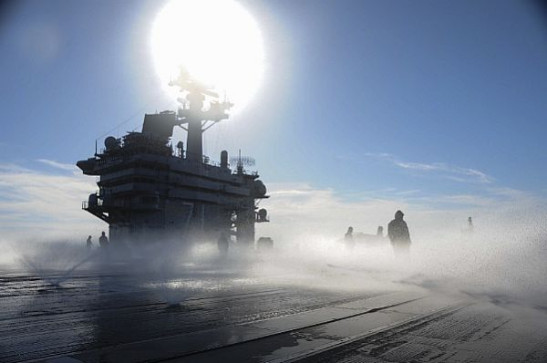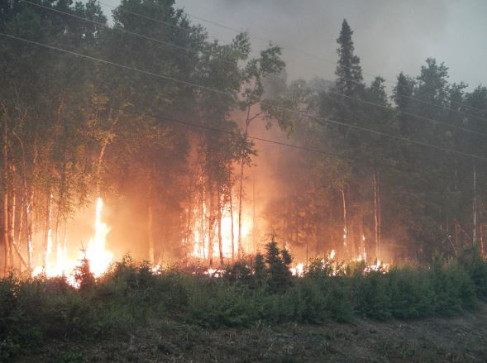
GAO Report: DoD Can Do Better On Climate Change Adaptation
The U.S. Government Accountability Office (GAO) recently released its report on climate change adaptation in the Department of Defense (DOD) succinctly titled “DoD Can Improve Infrastructure Planning and Processes to Better Account for Potential Impacts”. As the title suggests, the report concluded that while the DoD has made strides in initiating risk assessments, there is still lots of work to be done.
The DoD has done well to recognize the risks associated with climate change, outlining present and future impacts in its 2012 Climate Change Adaptation Roadmap. Already, along the Alaskan coast, thawing permafrost, melting sea ice, and elevated sea levels have increased coastal erosion at Air Force radar early warning and communication installations, damaging roads, seawalls, and runways. In response, the DoD began collecting sea-level rise data on potential vulnerabilities at 704 coastal locations with a complete assessment of 7,591 sites worldwide expected by December 2014.
Yet the GAO report gives the impression that climate change adaptation is not a priority for the DoD. While it is a DoD strategic goal to consider climate change in facility investment decisions, climate change adaptation is not part of the criteria used to rank potential projects. This means that climate change adaptation projects are unlikely to successfully compete with other military construction projects for funding, leaving military facilities dangerously vulnerable. Moreover, the DoD lacks a specific definition for ‘climate change’, making it difficult to implement building codes and design standards that address potential climate change impacts.
The DoD owns and operates over 555,000 facilities, spanning 28 million acres of land across the globe, worth close to $850 billion. While most of these installations are not directly affected by climate change, the fiscal risk posed by those that are is too great not to act on.
The video below details the extent of an extreme rain event at Fort Irwin in southern California in August 2013. Flash floods caused by the downpour resulted in $64 million in damage.







